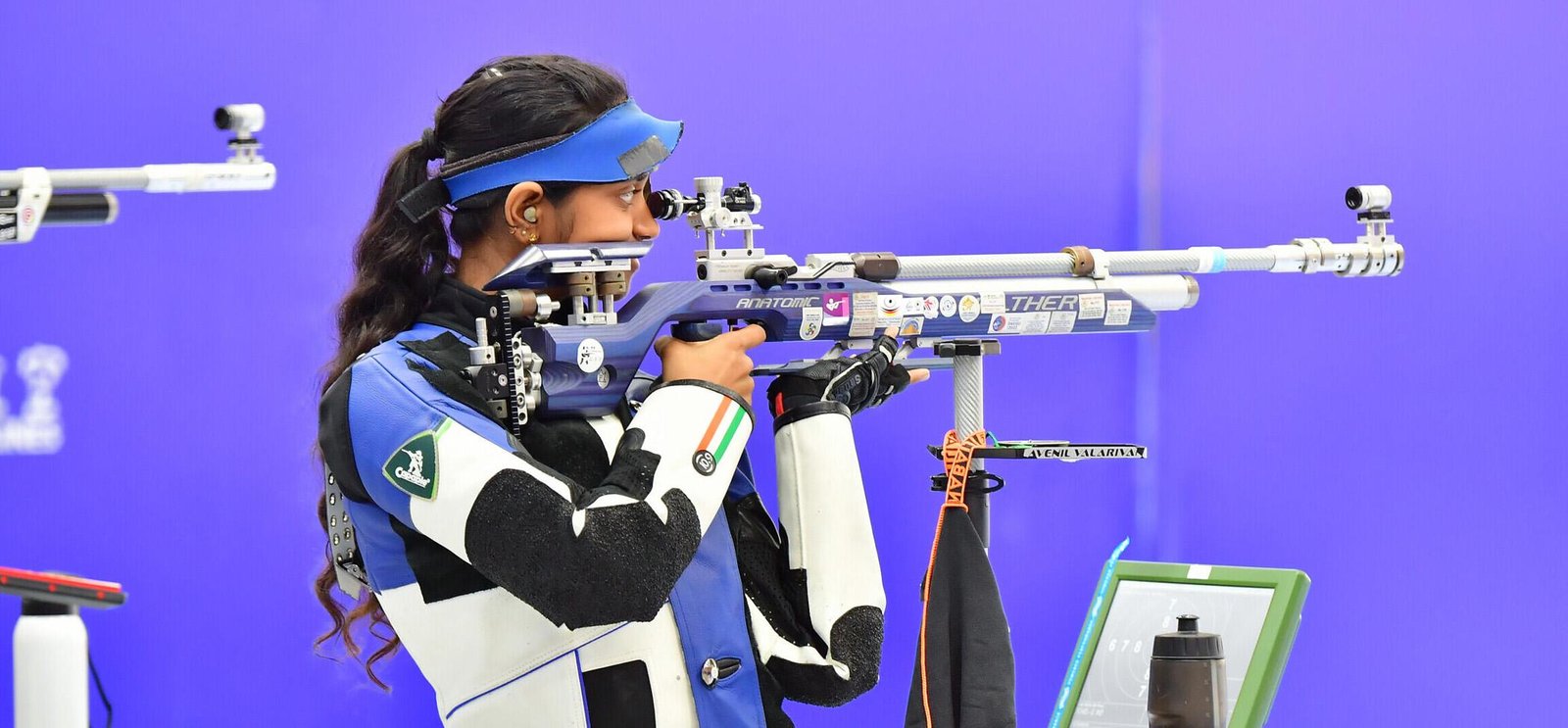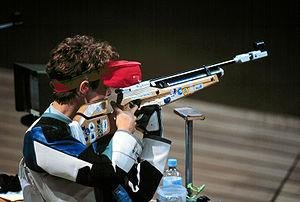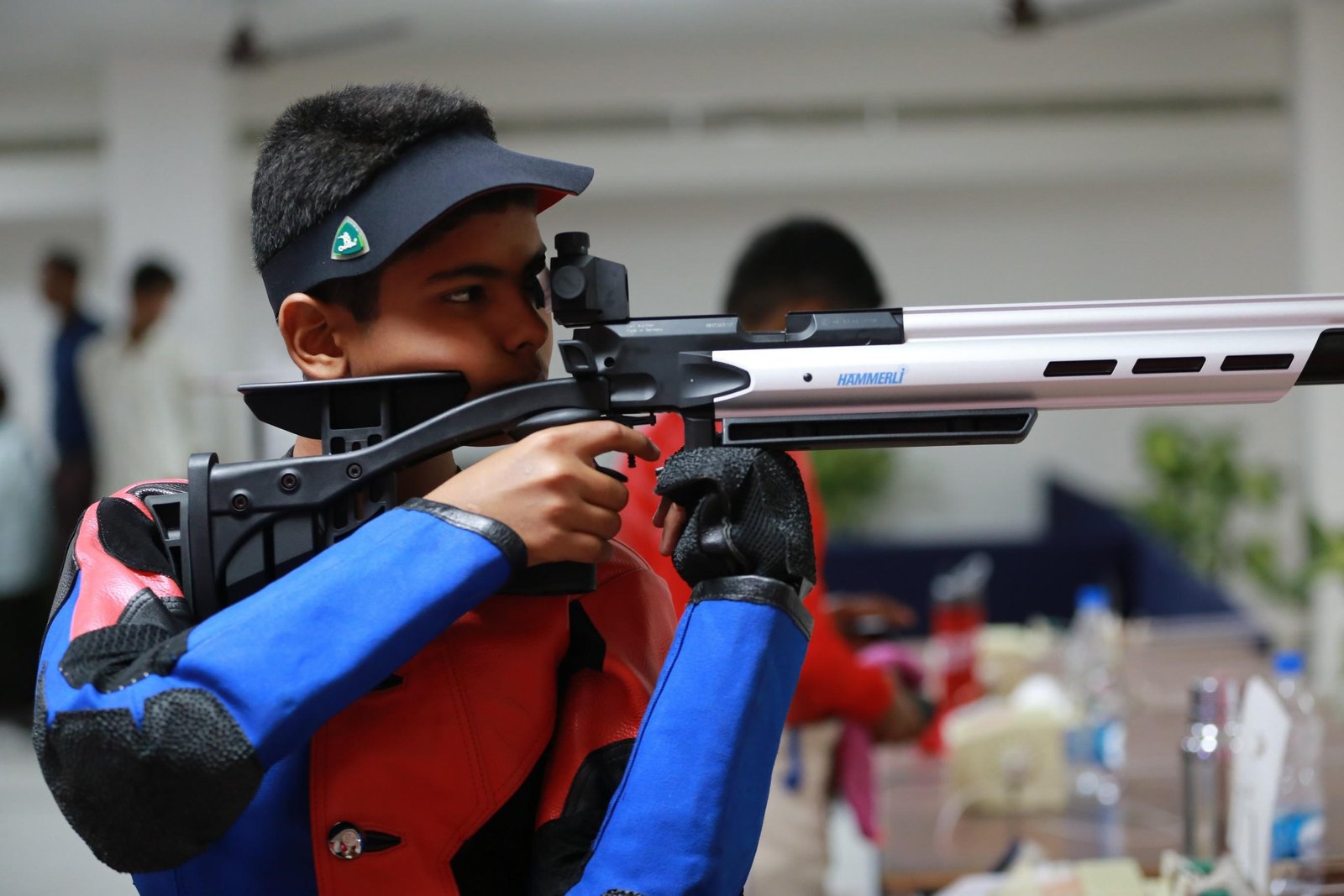Title: Embracing the Shadows: Tips for Shooting in Low Light Conditions
As the sun dips below the horizon and the world is painted in shades of twilight, many photographers find themselves facing a captivating challenge: capturing the beauty of low light. While the golden hour may be a photographer’s best friend,the magic really begins when darkness falls.Low light conditions can transform mundane scenes into stunning masterpieces, revealing nuances and depths that daylight often conceals. But fear not! With a little know-how and a dash of creativity, you can harness the enchanting allure of dimly lit environments. Whether you’re capturing the soft glow of city lights, the intimate ambiance of a candlelit dinner, or the celestial canvas of a starry night, this pleasant guide is here too help you navigate the subtle art of shooting in low light. So grab your camera, and let’s embark on a journey to discover tips and tricks that will turn your nighttime photography into breathtaking visual stories!
Navigating the Shadows: Understanding Your Cameras Low Light features
When it comes to capturing evocative images in dimly lit environments, your camera’s low light features can be a game changer. To get the most out of your gear, understand the importance of ISO settings. Increasing the ISO allows your camera to be more sensitive to light, but beware of grain.With modern cameras,you can often push ISO up to 3200 or even higher while maintaining acceptable quality. Experimenting with the following settings will help you hone in on the best results:
- Use a higher aperture: This allows more light to hit the sensor.
- Opt for longer exposure times: Steady your hands or use a tripod.
- Explore different metering modes: Some may suit your scene better.
Apart from ISO, there’s another powerful ally in low-light photography: your camera’s autofocus system. Many DSLR and mirrorless cameras have built-in low-light AF assist features that illuminate the scene momentarily. This can significantly improve focus accuracy, especially in near-dark conditions. Additionally, consider using prime lenses with larger apertures, as they can offer better performance in low light compared to standard zoom lenses. Check out the following speedy guide for some lens suggestions:
| Lens Type | Aperture Size | Best Use |
|---|---|---|
| 35mm Prime | f/1.8 | Portraits & Street Photography |
| 50mm Prime | f/1.8 or f/1.4 | Low Light & General Use |
| 85mm Prime | f/1.8 | Portraits & Events |

Lenses and Settings: Choosing the Right Gear for Nighttime Magic
When venturing into the enchanting world of nighttime photography, the right lens and settings are your best allies. Choosing a lens with a large aperture (f/1.4 to f/2.8) will significantly enhance your ability to capture detail in dim lighting. Prime lenses are frequently enough favored for their improved sharpness and light-gathering capacity. Though, don’t underestimate the versatility of a good zoom lens, especially one that maintains a fast aperture throughout its range.Here are some essential features to look for in a lens for low-light situations:
- Image Stabilization: To counteract camera shake.
- Wide Aperture: Allows more light to hit the sensor.
- Fast Autofocus: Essential for capturing fleeting moments.
Your camera settings can make or break your nighttime shots. Start by increasing your ISO, keeping in mind that higher values can introduce noise; aim for a balance that works for your camera model. A slow shutter speed is your next tool, allowing light to accumulate on the sensor for longer exposures, but use a tripod to avoid blur. Consider the exposure triangle (ISO, shutter speed, aperture) to optimize your images effectively:
| Setting | Description |
|---|---|
| ISO | Start at 800 and adjust based on noise levels. |
| Shutter Speed | Experiment with 1/50 to 1/2 seconds; use a tripod. |
| Aperture | Use the widest setting available for maximum light. |

Lighting Techniques: Enhancing Your Shots with Smart Solutions
Low light shooting can frequently enough be a daunting challenge for photographers, but with the right techniques and equipment, your images can still radiate brilliance. One effective approach is to utilize natural sources of light whenever possible.Positioning yourself near windows, doorways, or even outdoor settings during twilight can add warmth and depth to your shots. Moreover, consider using reflectors or diffusers to manipulate the available light. These tools can bounce light onto your subject or soften harsh shadows, creating a more pleasing and balanced composition.A simple white card or a specialized reflector can work wonders in such scenarios.
In addition to harnessing existing light,adjusting your camera settings can dramatically improve your results in low light. Start by increasing your ISO sensitivity to capture more light, but be mindful of noise that can arise at higher settings. Coupling a wider aperture (lower f-number) with slower shutter speeds can also yield extraordinary results, allowing more light to hit the sensor. To maintain clarity and avoid blurriness, stabilizing your camera is crucial—consider using a tripod or resting your camera on a steady surface. Check out the table below for a quick reference on optimal settings for various low light situations:
| Situation | ISO | Aperture (f-stop) | Shutter Speed |
|---|---|---|---|
| Indoor Evening | 800-1600 | f/2.8 | 1/60s |
| City at Night | 1600-3200 | f/4 | 1/30s |
| Starry Sky | 3200-6400 | f/2.8 | 15s |

Post-Processing Tricks: Transforming Low Light Images into stunning Visuals
Transforming low light images into captivating visuals requires a careful balance of editing techniques. One of the most essential tactics is to utilize noise reduction. Software tools like Adobe Lightroom or photoshop can significantly decrease graininess without sacrificing detail. Use the exposure and contrast sliders judiciously to retain the nature of the scene while enhancing its aesthetic appeal. Another trick lies in the color correction; adjusting white balance can bring warmth or coolness to your image, offering an entirely new feel to your composition. Don’t shy away from experimenting with filters and presets that align with your artistic vision, as they can elevate the mood and help create enchanting narratives through your visuals.
additionally, working with curves can bring out hidden highlights and shadows that might have been lost in the dark. Create a curve that gently raises the mid-tones while preserving the depth in the shadows. Consider incorporating vignetting to draw attention to the subject.A subtle darkening around the edges can guide the viewer’s eye towards the focal point. Utilize a combination of these techniques to ensure your low light photos not only resonate with life but tell a story, transforming them from mere records of a moment into stunning artworks.
Final Thoughts
As we wrap up our exploration into the enchanting world of low light photography, remember that every dimly lit corner holds the potential for stunning imagery just waiting to be captured. Embrace the challenge, arm yourself with our tips, and let your creativity shine brighter than ever—because the magic of twilight, shadows, and flickering lights can turn an ordinary moment into an extraordinary story. So, grab your camera, find that perfect low-light scene, and let your inventiveness dance in the dark. Happy shooting, and may your next adventure be filled with captivating, illuminated masterpieces!

